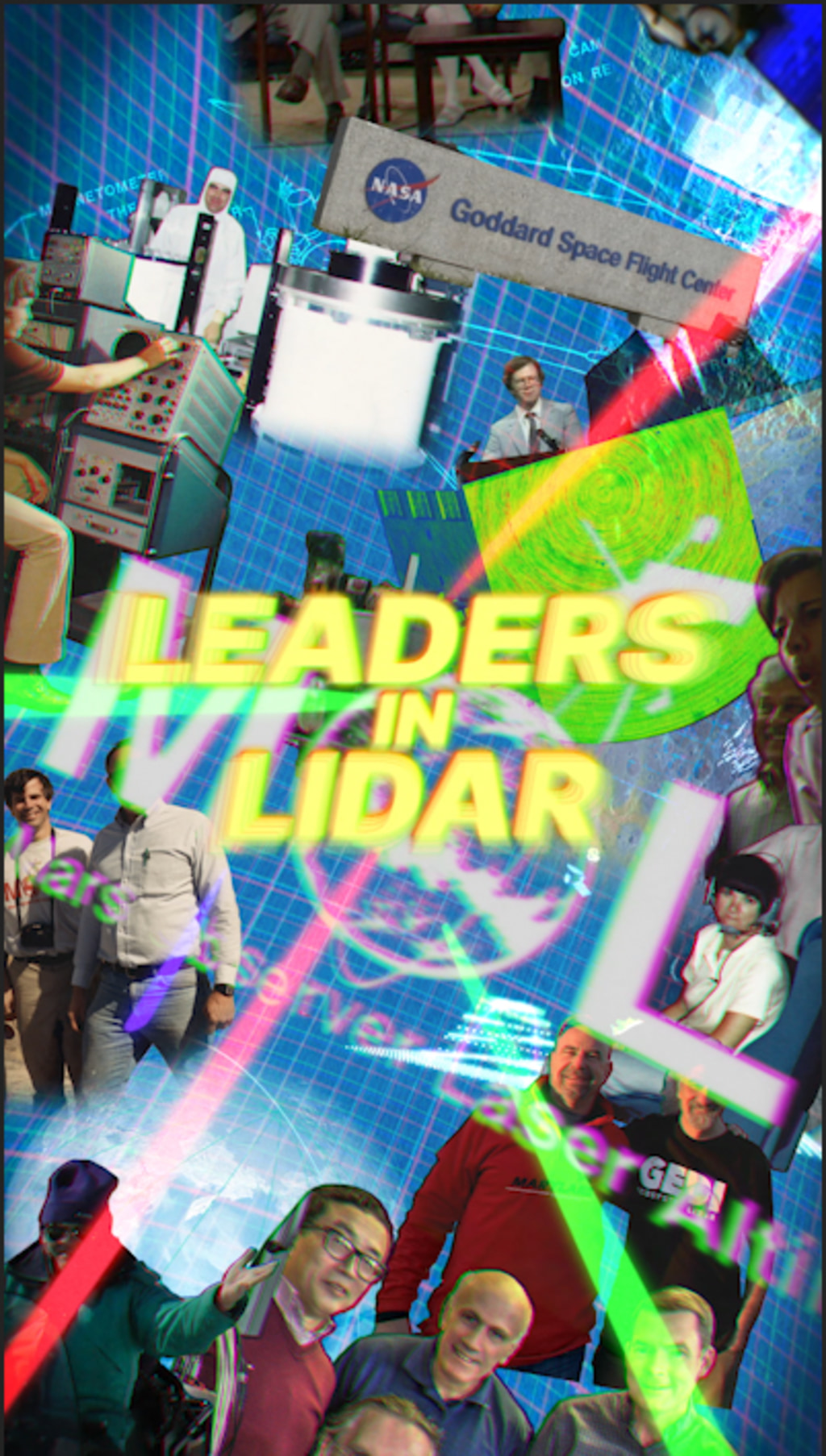GEDI Media Resources
The Global Ecosystem Dynamics Investigation (GEDI) uses laser pulses to give a view of the 3D structure of the Earth. GEDI’s precise measurements of the height and vertical structure of forest canopy, along with the surface elevation, will greatly advance our ability to characterize important carbon and water cycling processes, biodiversity, and habitat. The mission is led by the University of Maryland, College Park, and the instrument was built and tested at NASA's Goddard Space Flight Center.
GEDI observes nearly all tropical and temperate forests using a self-contained laser altimeter on the International Space Station. GEDI has the highest resolution and densest sampling of any lidar ever put in orbit. This has required a number of innovative technologies to be developed at NASA Goddard.
GEDI has three lasers that produce 8 parallel tracks of observations. Each laser fires 242 times per second and illuminates a 25-meter footprint on the surface over which 3D structure is measured. Each footprint is separated by 60 meters along the track, with an across-track distance of about 600 m between each of the 8 tracks. GEDI is expected to produce about 10 billion cloud-free observations during its nominal 24-month mission length.
With these observations, GEDI will provide answers to how deforestation has contributed to atmospheric CO2 concentrations, how much carbon forests will absorb in the future, and how habitat degradation will affect global biodiversity. This data is of immense value for forest and water resource management, carbon cycle science, and weather prediction.
For more information about GEDI: https://gedi.umd.edu
Animation of the Global Ecosystem Dynamics Investigation (GEDI) instrument, as installed on the ISS, showing the three lasers, which are split into 4 beams that alternate to give 8 footprints across a 4.2 km swath when they hit the ground. The animation ends with an illustration of a laser pulse interacting with a multi-level forest canopy and the ground, culminating in an example of the waveform that is generated by the return of reflected photons to GEDI.
B-roll footage of the Global Ecosystem Dynamics Investigation (GEDI) instrument being built and tested at NASA's Goddard Space Flight Center in 2018.
GEDI is a full-waveform lidar instrument that makes detailed measurements of the 3D structure of the Earth’s surface. Lidar is an active remote sensing technology (the laser version of radar) which uses pulses of laser light to measure 3D structure. The light is reflected by the ground, vegetation and any clouds and is then collected by GEDI’s telescope. These photons are sent to detectors, recording time of arrival in 1 ns (15 cm) intervals. Time is converted to distance by multiplying by the speed of light.

GEDI contains three Nd:YAG lasers, emitting 1064 nm light. These pulse 242 times per second with a power of 10 mJ, firing short pulses of light (14 ns long) down towards the Earth’s surface with a beam divergence of 56 mrad, resulting in footprints averaging 25 m in diameter.
Two of the lasers are full power, and one is split into two beams, producing a total of four beams. Beam Dithering Units (BDUs) rapidly change the deflection of the outgoing laser beams by 1.5 mrad, shifting them by 600 m on the ground. This produces eight ground tracks; four power and four cover tracks. Footprints are separated by 60 m along-track and 600 m across track.
Credits
Please give credit for this item to:
NASA's Goddard Space Flight Center
-
Producer
- Matthew R. Radcliff (USRA)
-
Technical support
- Aaron E. Lepsch (ADNET Systems, Inc.)
-
Videographer
- John Caldwell (Advocates in Manpower Management, Inc.)
-
Writer
- Kate Ramsayer (Telophase)
-
Animators
- Walt Feimer (KBR Wyle Services, LLC)
- Lisa Poje (Freelance)
-
Scientists
- Bryan Blair (NASA/GSFC)
- Ralph Dubayah (University of Maryland)
Release date
This page was originally published on Tuesday, October 9, 2018.
This page was last updated on Wednesday, November 15, 2023 at 12:23 AM EST.
![The Global Ecosystem Dynamics Investigation (GEDI) instrument will measure forest structure and canopy height, from a perch on the International Space Station. By sending laser pulses down to Earth, GEDI will generate a three-dimensional map of forest structure that will allow scientists to better understand where carbon is being stored around the world.Music: "Hard Thinking" by Leonard-Morgen and "Hidden Files" by Sam Dodson [PRS] Complete transcript available.Watch this video on the NASA Goddard YouTube channel.](/vis/a010000/a013100/a013100/13100_GEDI_texter_still_print.jpg)


![The GEDI instrument was built at NASA's Goddard Space Flight Center, and has the highest resolution and densest sampling of any lidar every put in orbit. The mission is led by the University of Maryland and is designed to help researchers understand how ecosystems are storing carbon.Complete transcript available.Music: Secret Science, by Lee Groves [PRS], Peter George Marett [PRS]; Team Effort, by Alexandre Prodhomme [SACEM], Eddy Pradelles [SACEM]Watch this video on the NASA Goddard YouTube channel.](/vis/a010000/a013100/a013114/GEDI_on_ISS_print.jpg)